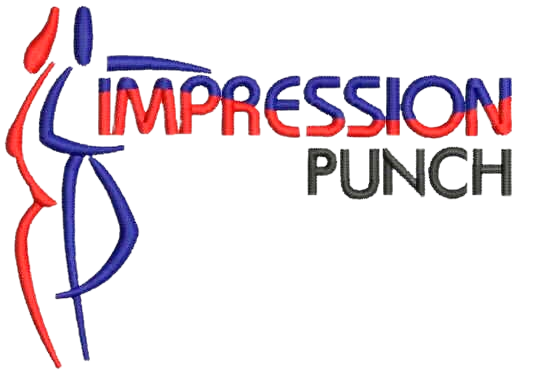Embroidery is more than just a craft; it’s a beautiful way to express creativity, tradition, and personal style. Among the myriad aspects of embroidery, the pattern is a fundamental element that transforms a simple piece of fabric into a stunning work of art. In this blog, we’ll dive into the world of embroidery patterns, exploring their types, significance, and tips for creating your own.
What is an Embroidery Pattern?
At its core, an embroidery pattern is a guide that outlines where and how stitches should be placed on fabric. Patterns can range from simple motifs, like flowers and geometric shapes, to intricate designs featuring detailed scenes and portraits. They serve as a roadmap for embroiderers, helping to ensure that each stitch contributes to the overall design.
Types of Embroidery Patterns
- Traditional Patterns: These patterns often reflect cultural heritage and history. They can include folk motifs, tribal designs, and historical imagery, showcasing the artistry of various communities around the world.
- Floral Patterns: Flowers are a popular subject in embroidery. From delicate daisies to vibrant roses, floral patterns can add a touch of nature to your projects. They are often used in home decor, clothing, and accessories.
- Geometric Patterns: These designs use shapes and lines to create visually striking compositions. Geometric embroidery can be minimalist or complex, making it versatile for various styles.
- Portraits and Realism: For those looking to take on a challenge, creating realistic portraits through embroidery can be incredibly rewarding. These patterns require precision and skill, often involving techniques like shading and blending.
- Custom Patterns: Many embroiderers enjoy designing their own patterns. This allows for a unique expression of creativity and can be tailored to specific projects or themes.
Here are some examples of Logo Embroided patterns.
Why Are Embroidery Patterns Important?
Patterns are essential for several reasons:
- Guidance: They provide a clear plan, making it easier for both beginners and experienced embroiderers to achieve their desired results.
- Creativity: Patterns can serve as a foundation for creativity. Many artists modify existing designs or combine elements from different patterns to create something unique.
- Skill Development: Working with various patterns helps improve stitching techniques and understanding of color, texture, and composition.
Tips for Choosing and Creating Embroidery Patterns
1. Start Simple
If you’re new to embroidery, choose a straightforward pattern to begin with. This will help you build confidence and master basic techniques before tackling more complex designs.
2. Consider Your Fabric
Different fabrics hold stitches differently. Choose a pattern that complements the type of fabric you are using. For instance, fine fabrics work well with delicate designs, while heavier materials can support bolder patterns.
3. Play with Colors
Experiment with color palettes to bring your patterns to life. Don’t be afraid to mix shades or try out unusual color combinations for a fresh take on traditional designs.
4. Modify Existing Patterns
Feel free to take an existing pattern and make it your own. Change colors, add elements, or combine several patterns to create a design that resonates with you.
5. Use Technology
Many software programs and apps are available that can help you create digital embroidery patterns. These tools can simplify the design process, allowing you to visualize your work before you start stitching.
Conclusion
Embroidery patterns are the heart of this timeless craft, guiding artisans and hobbyists alike in their creative endeavors. Whether you choose to follow traditional designs or forge your own path, the journey of working with embroidery patterns is a fulfilling and expressive experience.
here we can find some free images and ideas related to embroidery patterns.



Leave a Reply